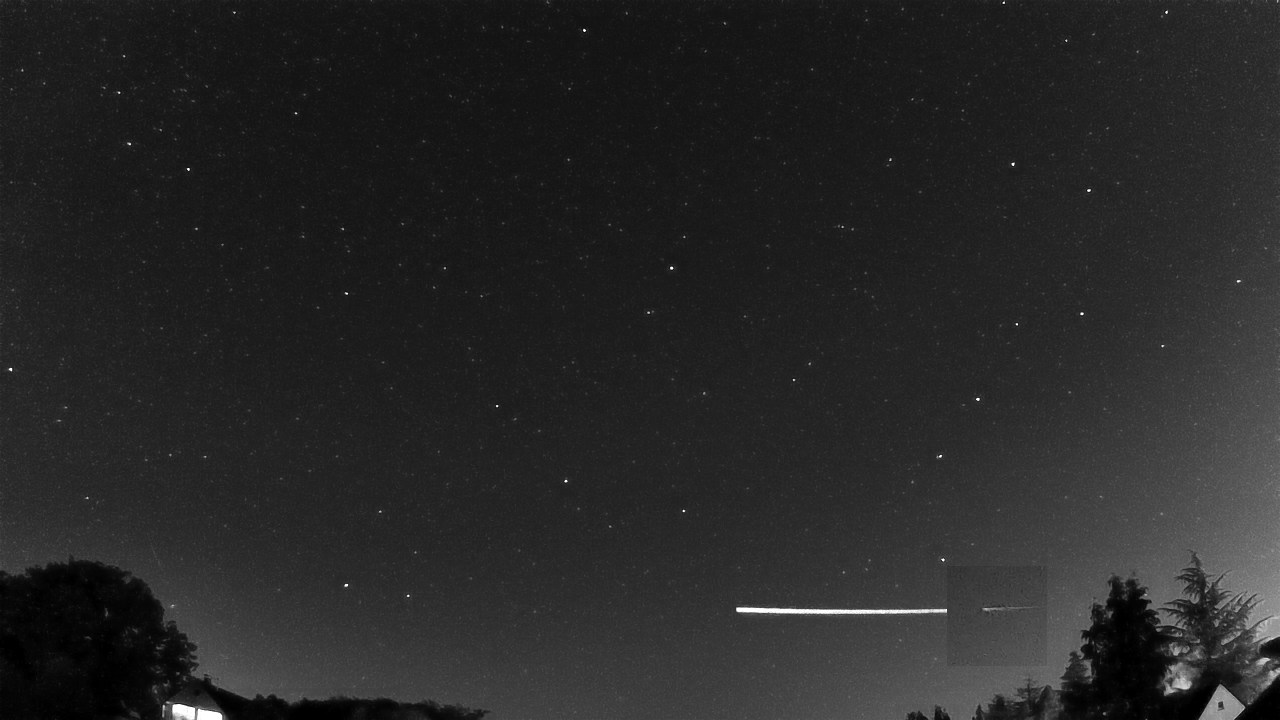Here’s something we don’t see very often: an Earth-grazing meteoroid.
On September 22, 2020, a small space rock skipped through Earth’s atmosphere and bounced back into space. The meteoroid was spotted by the by a camera from the Global Meteor Network, seen in the skies above Northern Germany and the Netherlands. It came in as low as 91 km (56 miles) in altitude – far below any orbiting satellites – before it skipping back into space.
Dennis Vida, a physics postdoc from Western University in Ontario, Canada who leads the GMN said they traced the rock to a Jupiter-family orbit, but a search of potential parent bodies found no conclusive matches.
As ESA explains, a meteoroid is typically a fragment of a comet or asteroid that becomes a meteor – a bright light streaking through the sky – when it enters the atmosphere. Most of them disintegrate, possibly with pieces reaching the ground as meteorites.
Scientists estimate that Earthgrazing meteoroids only occur just a handful of times per year. But every day, hundreds of tons of small interplanetary objects enter Earth’s atmosphere. The most common effect that these small objects produce when interacting with Earth’s atmosphere are meteors – commonly called shooting stars. A small percentage of the largest rocks reach the ground as meteorites.
No estimate on the size of the Earthgrazer from September 22, but it was likely fairly small. And while tens of thousands of meteorites have been found on Earth, only about 40 can be traced back to a parent asteroid or asteroidal source.
For a rock to “bounce” off Earth’s atmosphere, it has to enter the atmosphere at a fairly shallow angle. And like a rock “skipping off” a lake, the meteoroid also briefly enters the atmosphere before exiting again.

The Global Meteor Network — whose tagline is “No Meteor Unobserved” — is working towards covering the globe with meteor cameras in order to provide the public with real time alerts, as well as building a picture of the meteoroid environment around Earth.
“The network is basically a decentralized scientific instrument, made up of amateur astronomers and citizen scientists around the planet each with their own camera systems,” said Vida who founded the initiative. “We make all data such as meteoroid trajectories and orbits available to the public and scientific community, with the goal of observing rare meteor shower outbursts and increasing the number of observed meteorite falls and helping to understand delivery mechanisms of meteorites to Earth.”
The station operators of the GMN whose data is shown in the lead animation are Paul Roggemans, Jürgen Dörr, Martin Breukers, Erwin Harkink, Klaas Jobse, Kees Habraken.

